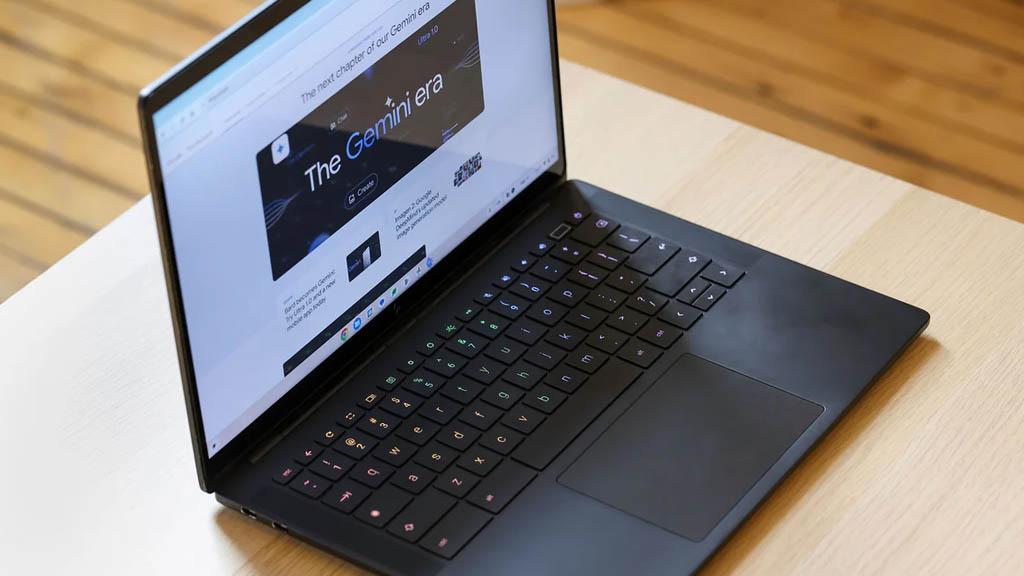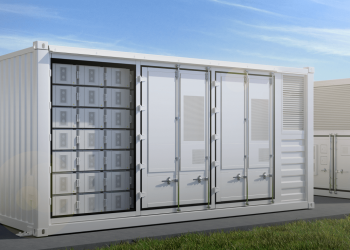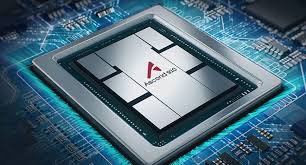Google is reportedly working to create a Huawei-like device ecosystem by merging Android and ChromeOS, aiming to unify its hardware and software under one powerful platform. Much like Huawei’s HarmonyOS, Google’s new strategy would eliminate cross-device barriers and fix existing flaws in both operating systems.
Android has long dominated the smartphone market, while ChromeOS has carved a niche in cloud-based computing. However, both systems have struggled with interconnectivity and multitasking limitations. Android, despite its popularity, lacks effective window and task management on large-screen devices. ChromeOS, on the other hand, is cloud-focused and not optimized for native mobile apps.
The fusion of Android and ChromeOS could solve these issues—creating a single, seamless environment across all Google devices.
Merging Android and ChromeOS: Fixing Two Worlds
The current separation of Android and ChromeOS creates inconsistencies in user experience. For instance, Android users find it difficult to transition workflows to their Chromebooks, while ChromeOS cannot run many mobile apps efficiently.
By fusing both platforms, Google plans to enable:
- Seamless app continuity across smartphones and Chromebooks
- Improved multitasking for foldables and tablets
- Better windowed app support
- Unified ecosystem services including smart pairing, data syncing, and cross-device continuity
This would also mean an end to interconnectivity issues that have plagued Android-ChromeOS integration for years.
For more than a decade, Google has explored ways to unify its operating systems, but technical complexities have delayed any tangible results. Now, insiders suggest that Google is finally preparing to launch its version of a HarmonyOS-like ecosystem, following Huawei’s example.
Inspired by Huawei’s HarmonyOS PC Vision
Huawei introduced its HarmonyOS PC operating system earlier this year, and the comparisons with Google’s plan are unavoidable. HarmonyOS connects smartphones, PCs, tablets, and smart devices into a single fluid ecosystem, enabling users to transfer app sessions, sync data instantly, and collaborate across screens.
This success has apparently motivated Google to rethink its multi-OS strategy. Pixel phones, ChromeBooks, and Android tablets could soon operate within one cohesive software environment, reflecting Huawei’s all-device HarmonyOS vision.
Despite Google’s historical hesitation, the move now seems more urgent. As the global tech market embraces cross-device operating systems, a Huawei-like device ecosystem is no longer optional—it’s essential for brand relevance and user retention.
What to Expect from Google’s Unified Ecosystem
If Google executes this plan successfully, the result would likely be:
- A new generation of Pixel devices powered by a fused OS
- Better synergy between Android Auto, Wear OS, and Google TV
- Universal updates and system patches
- Enhanced security and system-wide encryption
- A developer-friendly platform with less fragmentation
Although a launch date hasn’t been confirmed, industry watchers speculate that this ecosystem shift may begin rolling out within the next two years. However, with Google having taken 10 years just to reach this decision, there’s valid skepticism about the timeline.
Still, the intention is clear: Google wants to match the fluidity, control, and integration Huawei achieved with HarmonyOS—only this time with Android’s global app ecosystem and ChromeOS’s cloud-first strengths.
For deeper insights on this evolving tech landscape:
- Read how U.S. chip export rules may offer Huawei relief in 2025.
- Discover details on the Huawei mid-range phone with a major battery upgrade.
- Explore the original source on Google’s Android and ChromeOS fusion and Huawei-like ecosystem plans.







